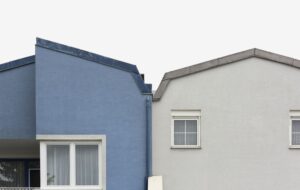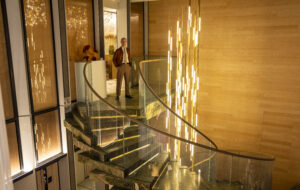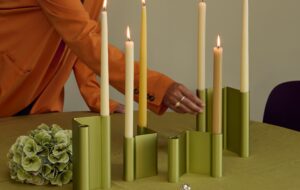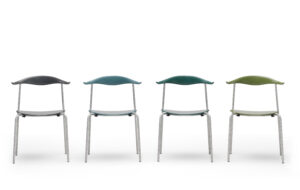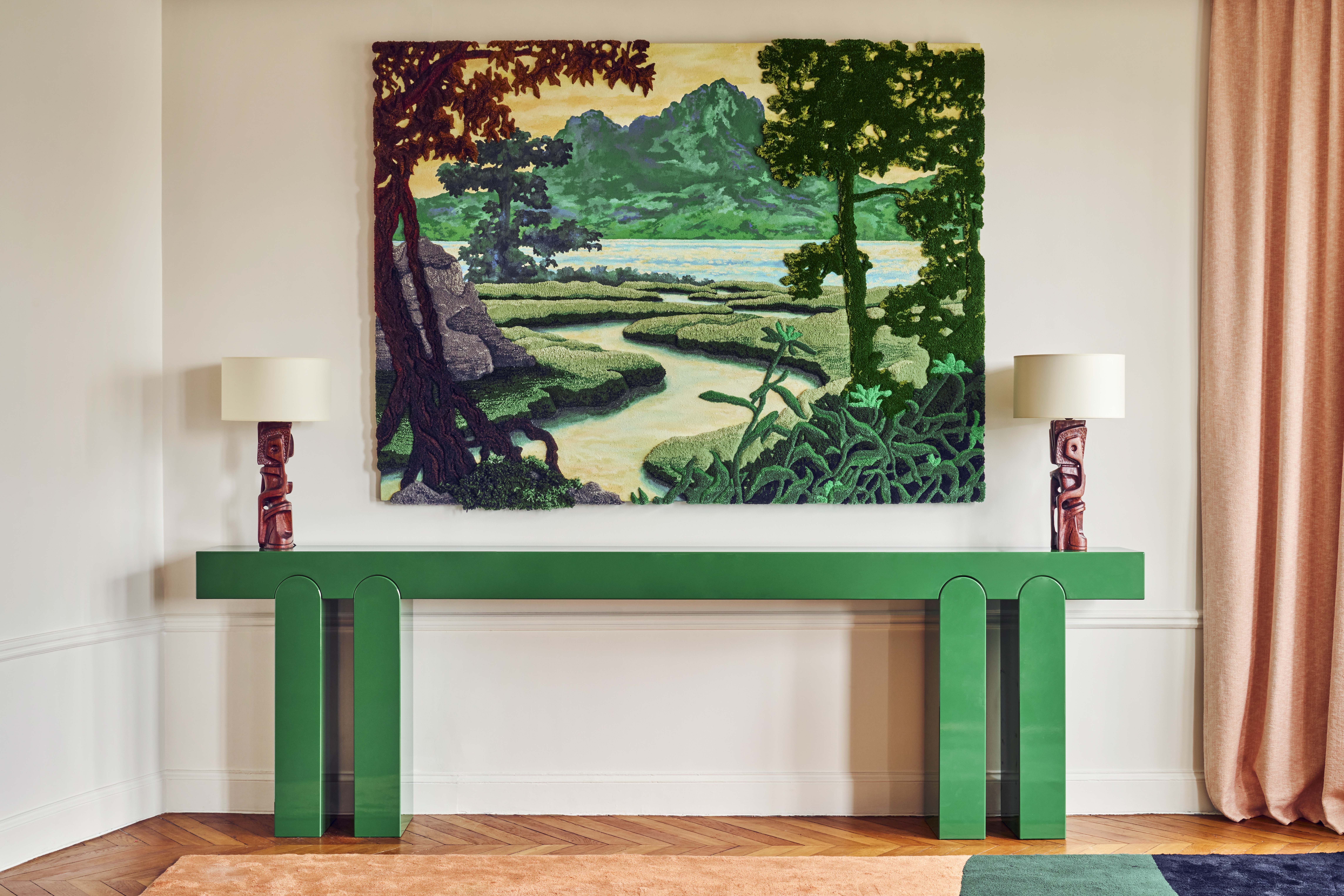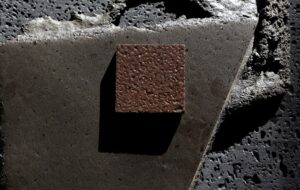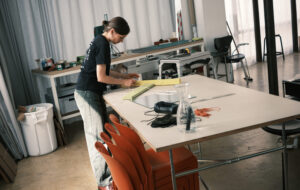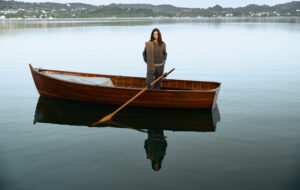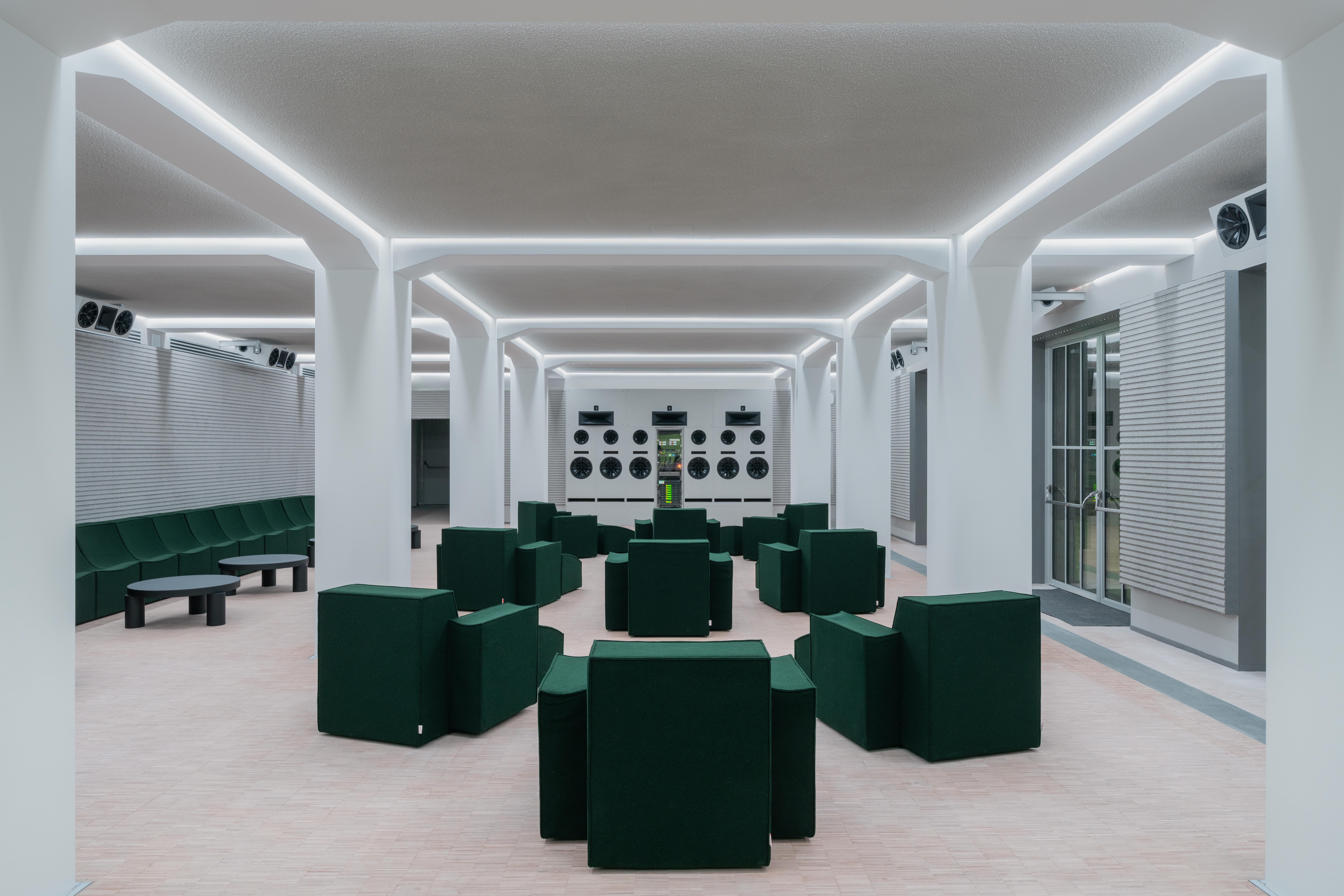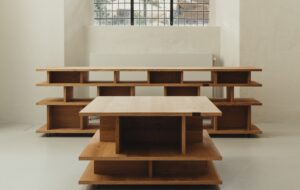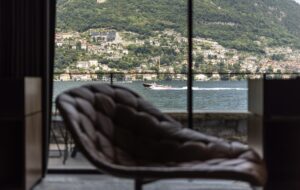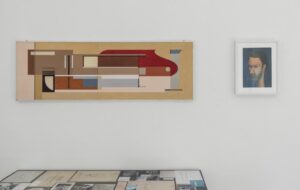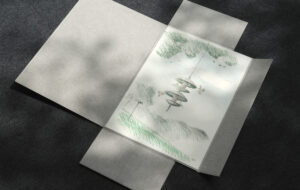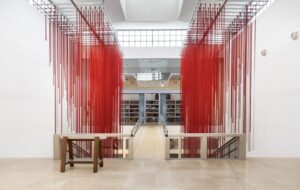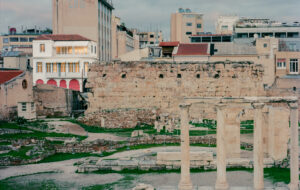|
The fashion photographer’s dramatic lighting and stylised sets created fantastical images that epitomise a period, says Fatema Ahmed In 1933, the Hungarian photojournalist Martin Munkácsi used a 35mm Leica camera to photograph Lucile Brokaw running along a Long Island beach. Munkácsi was working for Harper’s Bazaar and his editor Carmel Snow, whose idea it was, wrote of the shoot, which showed a model outdoors and in motion for the first time: “This was never done before.” It had certainly never been done at American Vogue, which Snow had left for Harper’s Bazaar earlier that year; until the Second World War, Condé Montrose Nast insisted that all the photographers at his stable of magazines work with a large format 10 x 8 inch camera, effectively confining them to the studio. Or, as Horst, one of Vogue’s star photographers put it: “It took ten years, a world war, and a world-wide shortage of film for us to be allowed to use a Rolleiflex.” But, as an exhibition of 250 of his photographs at the V&A shows, in the 1930s Horst used the constraints of the studio to make images that sum up the most gilded aspects of that decade and lived long enough to see a revival of interest in his work more than half a century later. Horst Paul Albert Bohrmann was born in Germany in 1906. After studying design and carpentry in Hamburg under Walter Gropius, in 1930 he moved to Paris to work in Le Corbusier’s atelier. Finding it tedious working on the details of the bathroom in an apartment for Charles de Beistegui, Horst soon quit his apprenticeship. He began moving in café and high society under the wing of his lover George Hoyningen-Huene, then French Vogue’s leading photographer, and before long he was taking photographs for the magazine’s French and American editions himself. The beautifully designed black-and-white installation at the V&A begins with a softly lit room filled with the 1930s fashion photographs. The shrinelike atmosphere is due to the presence of nine mannequins, dressed in evening gowns by the likes of Vionnet, Schiaparelli and Mainbocher, at the far end of the first gallery. Horst was an expert in complex lighting; at capturing, for instance, a black dress, without bleaching out the model’s face. But his aesthetic sometimes infuriated his commercially minded employer and drove Edna Woolman Chase, the editor of American Vogue, to write: “I have been lecturing Horst about the lack of light in his photography. We have simply got to overcome this desire on the part of our photographers to shroud everything in the deepest mystery … “ Without Horst’s nods to neoclassicism and surrealism, however, these would simply be images of society women wearing dresses that took hundreds of hours to make during the height of the Depression. Instead he turned them almost into still lives, exercises in line and shadow. There’s also a display under glass of Horst’s 94 covers for American Vogue. What these and the new prints made from colour transparencies reveal is the wartime move from haute couture to ready-to-wear, and from evening wear to more everyday ensembles. The exhibition also tells another story about rediscovery and imitation. In 1978, Horst was asked to photograph the Paris collections and began working as a fashion photographer again. This time, the figures are usually accompanied by their full silhouette in the background; it’s not chiaroscuro, but shadow puppetry. Horst’s versatility is represented by his photographs of travels in Iran, his male nudes, the Edward Weston-ish close-ups of plants and shells which he combined to make kaleidoscopic patterns, and the interiors (in colour) of society figures in the 1960s. But it’s the fashion photography that makes the greatest impression. Horst’s most famous image is the Mainbocher Corset, which was the last picture he took in Paris in 1939 before he left the city for the United States. French Vogue published a retouched version in which the corset is tight to the body, and the waist is even waspier; in the version Horst preferred, on display at the V&A, there’s a teasing gap. The lighting is so complicated that Horst said that he would never be able to recreate it; David Fincher was less subtle in his 1990 video for Madonna’s Vogue, in which the singer strikes the same pose, wearing a corset that’s on the verge of falling off. The revival of interest in Horst’s work in the 1980s also reveals the rapid blurring between editorial and advertising in fashion magazines that was taking place. (In Horst’s heyday, until colour photography became viable, illustration still dominated over photography in advertising.) His 1950s male nudes may have interested Robert Mapplethorpe, but they’re more notably the inspiration for Bruce Weber’s slick Calvin Klein underwear campaigns. The commercial demands of the haute couture system are there in Horst’s pictures if you look for them, but this retrospective largely plays by the rules the photographer set for himself. Looking back on his career he said, “For some people the word ‘elegance’ has acquired objectionable, snobbish connotations. But I myself prefer to regard elegance as an attractive and admirable – if admittedly rare – human attribute.” |
Words Fatema Ahmed
Horst: Photographer of Style
Images: Condé Nast/Horst Estate; Roy Stevens/Time & Life Pictures/Getty Images |
|
|



